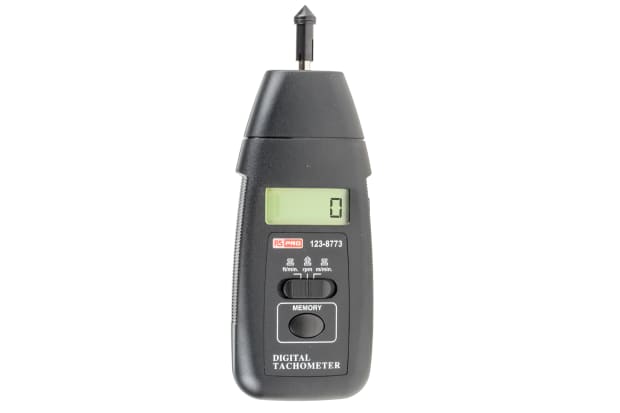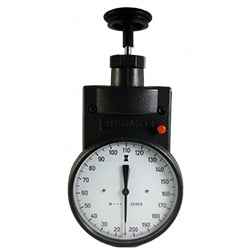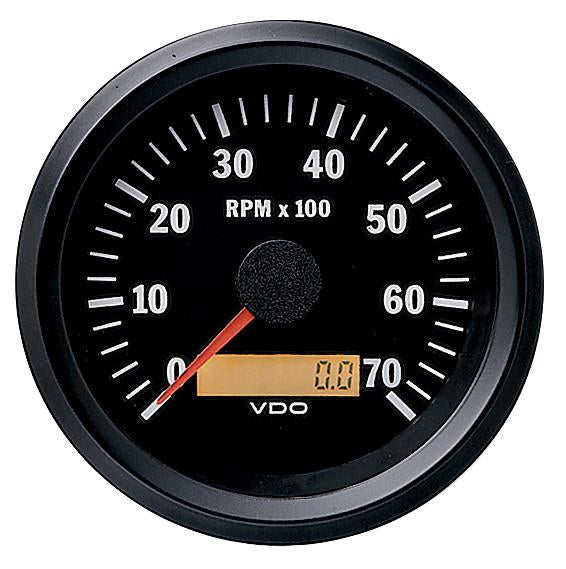Expert Tips for Maintaining and Calibrating Your Tachometer
Wiki Article
The Significance of a Tachometer in Monitoring Engine Speed and Efficiency in Automotive Applications
In the world of auto engineering, the tachometer stands as a crucial instrument in the driver's toolbox, supplying a straight home window right into the inner functions of an automobile's engine. Past its feature as a plain scale of changes per min (RPM), the tachometer offers as a critical device for lovers and experts alike, providing real-time insights into engine efficiency and health and wellness.Value of Keeping An Eye On Engine RPM
Checking engine RPM, or changes per minute, is a crucial aspect of vehicle maintenance and efficiency examination. Engine RPM directly correlates with the rate at which the engine's crankshaft rotates, showing how promptly the engine is running.Moreover, monitoring engine RPM is essential for efficiency evaluation in auto racing and high-performance vehicles. Preserving optimal RPM degrees is crucial for accomplishing peak power output and acceleration. Racers often utilize tachometers to guarantee they are operating within the excellent RPM range for optimum performance. In recap, monitoring engine RPM is not only essential for discovering concerns but likewise for optimizing engine performance in different automotive applications.

Benefits of Real-Time Data
In automobile applications, real-time data plays a vital duty in giving instant insights into the performance and condition of the automobile. By constantly keeping an eye on numerous criteria such as engine rate, temperature level, gas intake, and extra, real-time information uses many advantages that add to improved effectiveness and security when driving.
One substantial benefit of real-time data is its ability to alert drivers and technicians to any anomalies or concerns without delay. This proactive method enables fast recognition of prospective troubles, permitting timely treatments to protect against further damage or breakdowns. In addition, real-time information assists in performance optimization by providing prompt comments on driving habits and engine performance. Motorists can change their habits in real-time based upon this info to achieve far better gas economic climate and prolong the life-span of their lorry.

Additionally, real-time information plays an important role in modern-day automotive diagnostics, making it possible for specialists to promptly diagnose and resolve malfunctions. This causes reduced downtime, lower upkeep costs, and eventually, boosted general vehicle dependability and long life (tachometer). By utilizing the power of real-time data, auto stakeholders can make informed decisions that positively influence both the efficiency and longevity of the car
Influence On Equipment Shifts
The tachometer plays a vital function in enhancing gear shifts by providing real-time engine speed information to the motorist. When coming close to the redline on the tachometer, it indicates the motorist to upshift to stop over-revving the engine and triggering prospective damage.Moreover, the tachometer their explanation help in achieving smoother gear transitions, specifically in hand-operated transmissions. By checking engine rate, motorists can perform gear changes at the optimum RPM variety, minimizing jerking motions and minimizing wear on the transmission parts. This precision on duty changes not only boosts driving convenience however also contributes to fuel performance.
Enhancing Gas Efficiency
Offered the essential function the tachometer plays in optimizing equipment shifts for performance and engine health, it straight contributes to optimizing fuel effectiveness in automobile applications. By giving real-time comments on engine speed, the tachometer aids motorists in maintaining one of the most efficient RPM array for fuel economic situation. When motorists regularly monitor the tachometer and change their motoring routines as necessary, they can prevent unneeded fuel intake triggered by over-revving or lugging the engine.Furthermore, the tachometer helps chauffeurs identify the most fuel-efficient gear to be in at any type of given moment, stopping the engine from working more challenging than needed. In verdict, the tachometer serves as a beneficial device in boosting gas effectiveness by promoting ideal driving practices and determining areas for enhancement in the automobile's efficiency.

Making The Most Of Engine Longevity
The tachometer's role in checking engine speed and efficiency is important in making certain the durability of auto engines. Keeping an eye on the tachometer allows vehicle drivers to stay within the suggested RPM array for their use this link automobile, stopping unnecessary stress on the engine and expanding its life expectancy.
Final Thought
To conclude, the tachometer plays a critical function in monitoring engine rate and performance in vehicle applications. By providing real-time information on RPM, it enables reliable equipment shifts, boosted fuel effectiveness, and taken full advantage of engine longevity. This tool is crucial for preserving optimum engine efficiency and guaranteeing the total functionality of an automobile.Report this wiki page